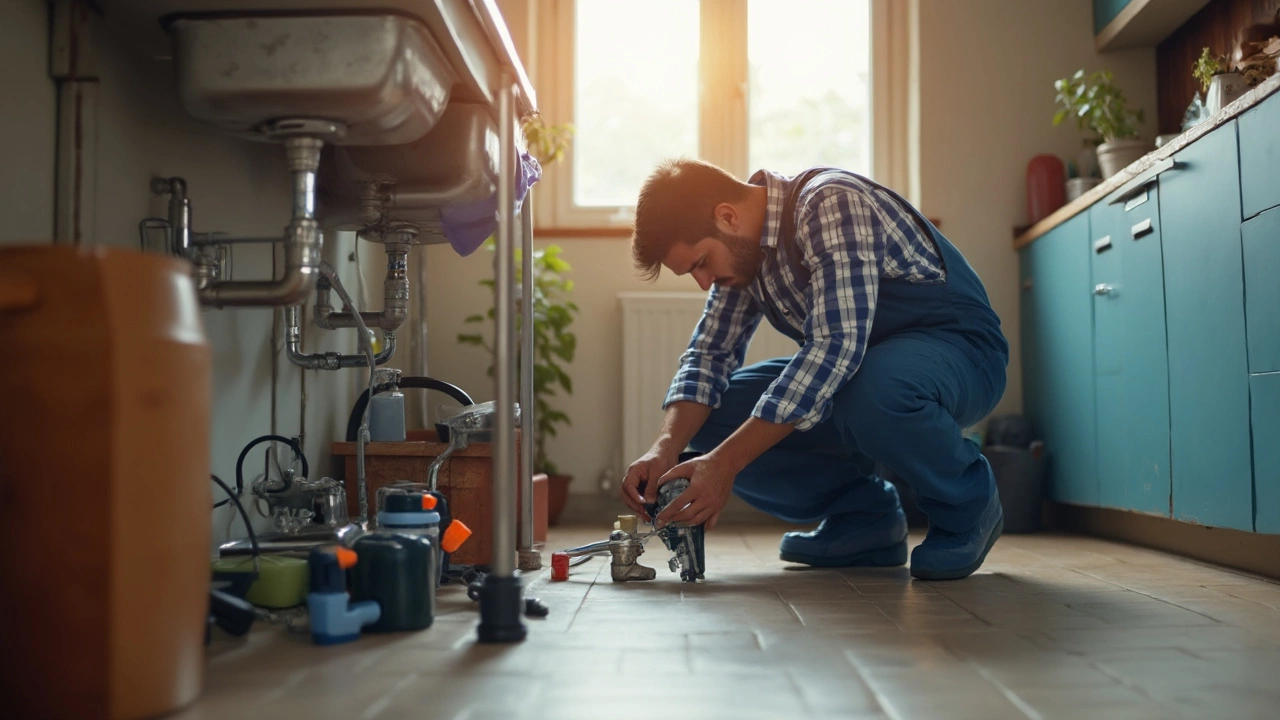Common Plumbing Work: What Every DIYer and Professional Should Know
When working with common plumbing work, the everyday tasks that keep water flowing, waste draining, and fixtures functioning in homes and businesses. Also known as standard plumbing tasks, it forms the backbone of building maintenance and safety.
These tasks range from fixing leaky faucets and unclogging drains to installing new piping and performing pressure tests. Each job requires a clear understanding of pipe materials, joint types, and local building codes. For instance, a simple pipe replacement involves cutting, deburring, fitting, and sealing – steps that repeat across most plumbing projects. Mastering this routine builds the confidence to tackle larger installations, like bathroom remodels or commercial water lines.
Why Knowing the Basics Benefits You
Understanding common plumbing work helps homeowners avoid costly emergency calls and empowers them to spot early signs of problems. When you know that a slow drain often signals a partial blockage, you can try a plunger or a homemade enzyme cleaner before calling a professional. On the other side, seasoned plumbers rely on these fundamentals to diagnose complex issues quickly, reducing labor time and material waste.
When we talk about the people behind the work, plumber, a skilled tradesperson who installs, repairs, and maintains water supply and drainage systems. Also called a pipelines specialist, a plumber combines hands‑on experience with knowledge of codes and safety standards. The plumber’s role doesn’t stop at fixing leaks; it includes system design, energy‑efficient upgrades, and even consulting on sustainable water solutions.
Becoming a competent plumber usually starts with vocational training, structured programs that teach practical skills, safety practices, and industry standards. This training often blends classroom theory with on‑site apprenticeships, ensuring learners can translate concepts into real‑world work. Courses cover topics like pipe layout, soldering, gas line installation, and troubleshooting techniques. Graduates leave with certifications that signal to employers they meet national competence criteria.
Most aspiring plumbers enroll in a trade school, an institution focused on hands‑on education for skilled trades. Trade schools partner with local contractors, offering students the chance to earn while they learn. The curriculum is designed to align with the requirements of licensing boards, so graduates are ready to sit for exams and obtain their trades license promptly. Attending a reputable trade school also opens networking doors, connecting students with mentors and future employers.
Once you’ve mastered the basics, many plumbers expand into a plumbing business, a venture that offers plumbing services to residential, commercial, and industrial clients. Running a business adds layers of customer service, marketing, and financial management to technical expertise. Successful plumbing businesses often specialize in high‑margin niches like green retrofits, heated flooring, or complex commercial installations, turning everyday tasks into profitable opportunities.
All these pieces – the routine work, the skilled plumber, the training pathways, and the business side – fit together like a well‑designed pipe network. Below you’ll find articles that dive deeper into each area, from choosing the right trade school to scaling a plumbing business and understanding the financial outlook for plumbers today. Explore the collection to get actionable tips, real‑world examples, and clear steps you can take right now.
Most Common Job for a Plumber: What You Really Do After Training
- Rohan Mittal
- on May 18 2025
- 0 Comments
Wondering what plumbers spend most of their time doing? This article breaks down the most common job plumbers handle on a daily basis, based on real-world demands. If you're considering plumber training, knowing what typical work looks like can help you decide if the job suits your style. You'll also get practical tips and interesting insights that you won't find in course brochures. Forget the stereotypes—find out what being a plumber really means in 2025.
